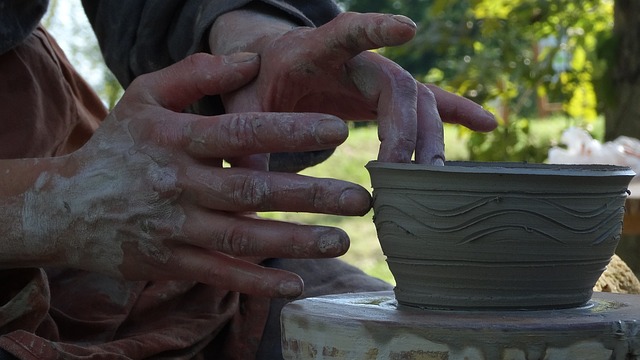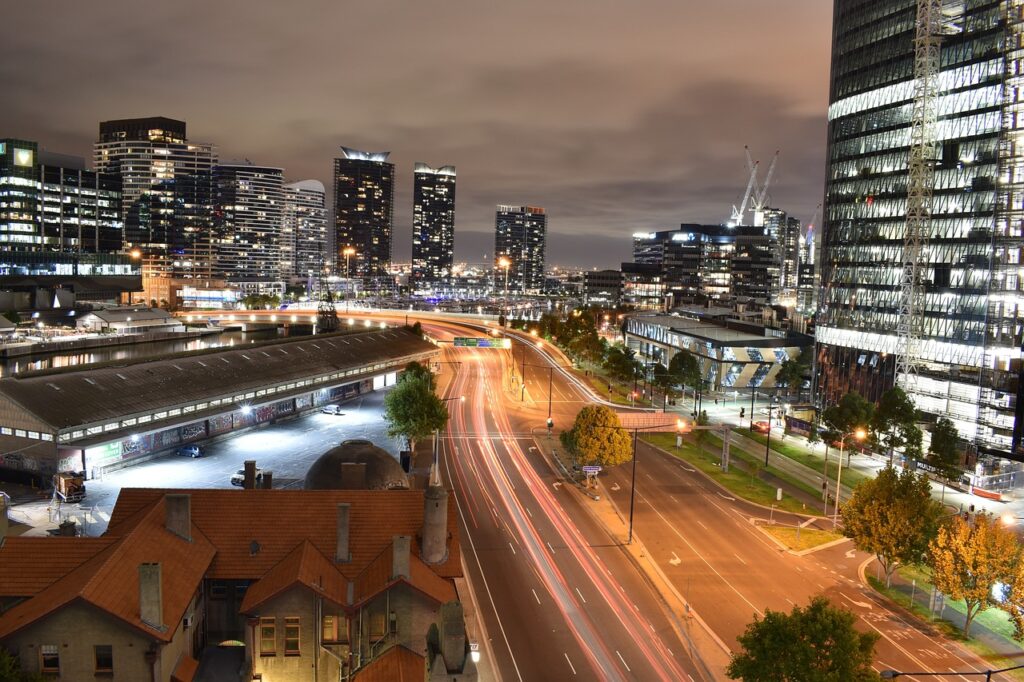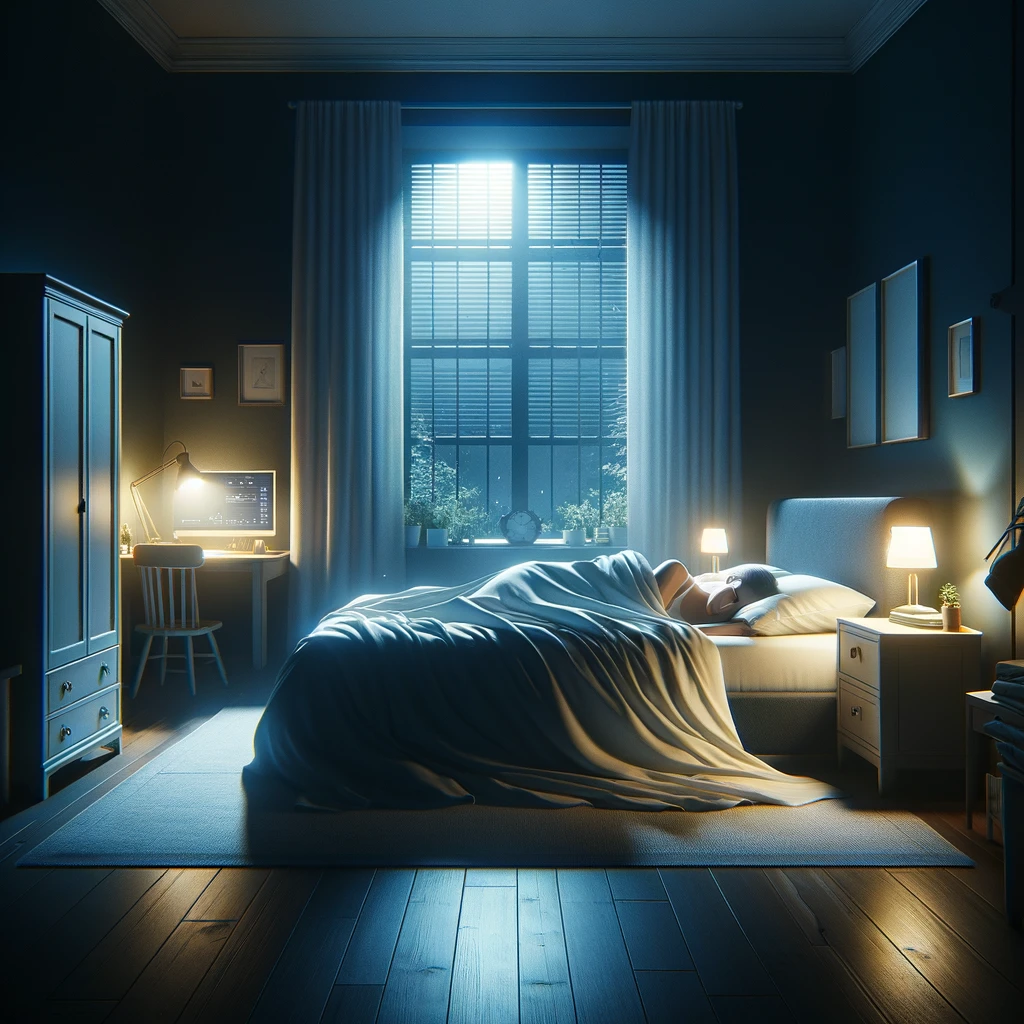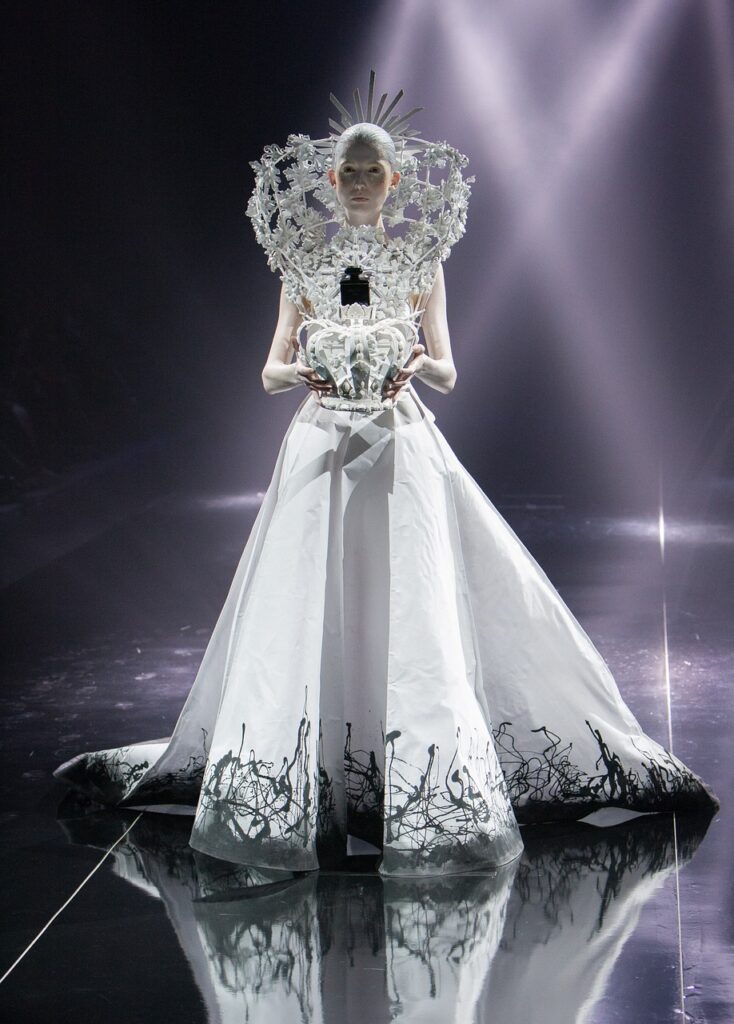Of course, we’d all like to understand why some people develop cancers and others don’t and researchers are working tirelessly to crack these questions in order to find solutions. In one recent development, researchers have uncovered a potential link between accelerated biological aging and an increase in certain types of cancer among younger adults. Biological age, influenced by lifestyle, stress, and genetics, goes beyond chronological age to represent the body’s wear and tear. This concept is gaining recognition as a major risk factor for cancer, traditionally associated with advancing years. The study, with senior author Dr. Yin Cao, an associate professor of surgery at the Washington University School of Medicine in St. Louis was presented recently at the American Association of Cancer Research’s annual conference in San Diego.
The research, notable for its large participant base, offers a snapshot of risk at a single point in time rather than over an extended period. This limitation underscores the complexity of tracking biological aging and its implications for cancer risk. The study’s findings are preliminary and highlight the need for further research across more diverse populations and over longer periods to refine our understanding of these links.
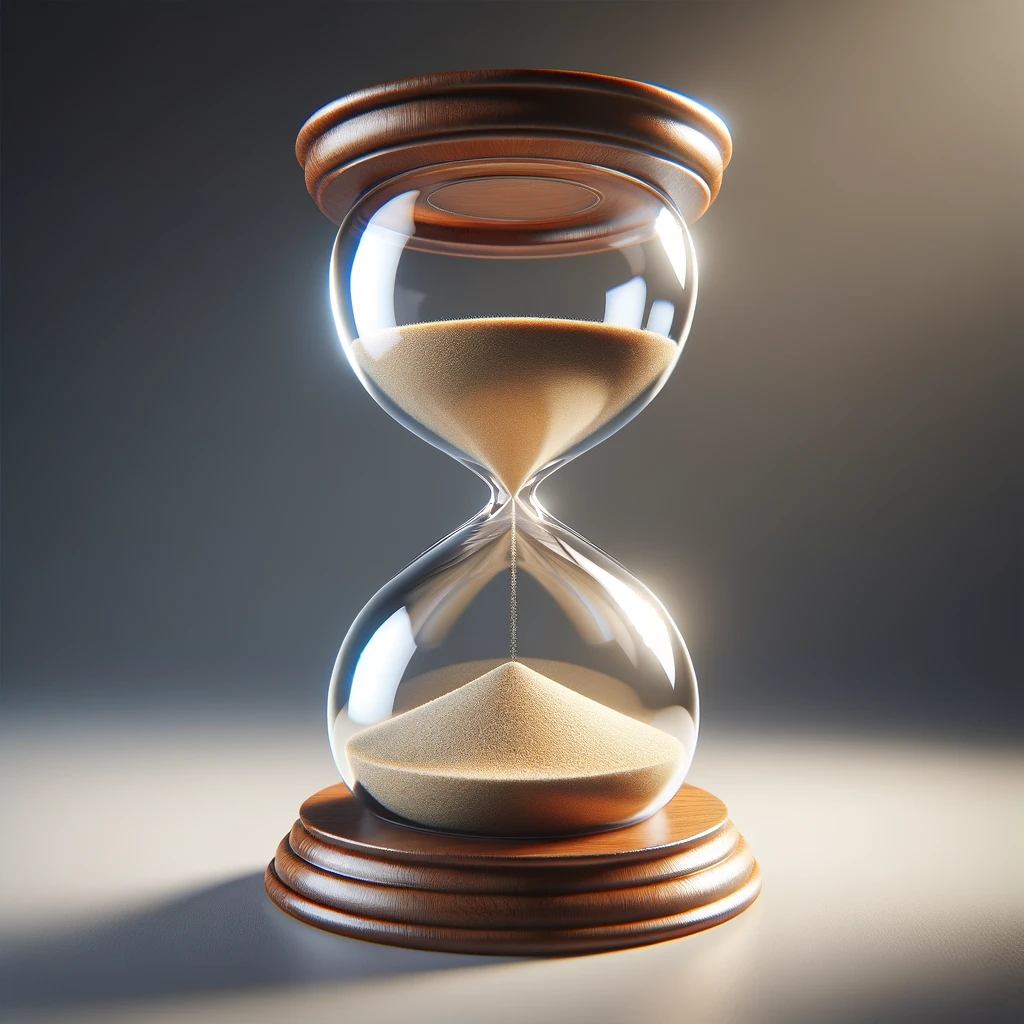
The implications of identifying individuals at higher risk of cancer due to accelerated aging are significant, according to Dr. Anne Blaes of the University of Minnesota. While not involved in this particular study, she explained that
“We’re seeing more and more cancers, especially GI cancers and breast cancers, in younger individuals. And if we had a way of identifying who’s at higher risk for those, then really, you can imagine we’d be recommending screening at a different time.”
Early identification could lead to earlier screening and targeted lifestyle interventions for those at risk, potentially mitigating the impact of accelerated aging on cancer rates among younger adults. Additionally, senolytics, drugs targeting damaged aging cells, are under investigation as a means to slow or reverse the effects of accelerated biological aging, though their application in clinical practice remains to be fully realized. This research paves the way for a better understanding of cancer risks and prevention strategies tailored to the biological realities of individual patients.


